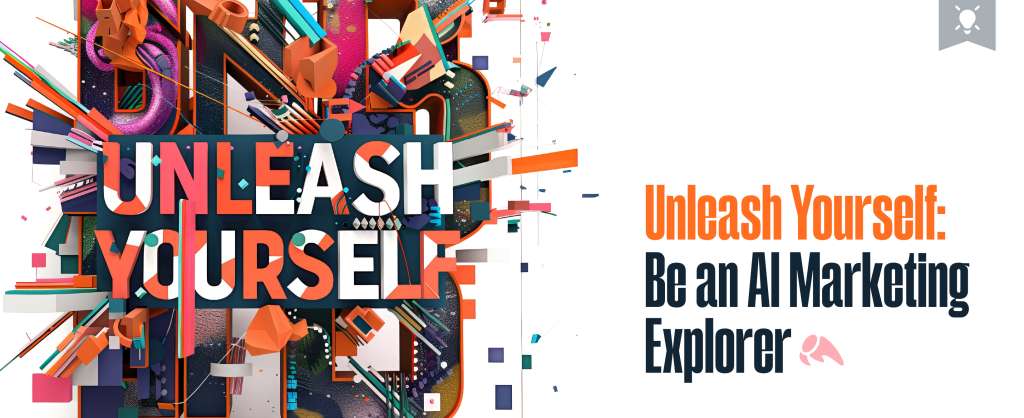
Customer personas are a marketing mainstay. We use them to segment our audience, put names and faces to the problems we solve, and guide the content, visuals, sounds, and experiences we create.
Are you using personas to guide your marketing?
The experts say you should be. But, to me, personas have always seemed a bit…hokey.
Ann Handley says they feel like police composite drawings based on eyewitness descriptions.
“Useful, sure. But they’re always just a little bit off. Just a little bit wrong.”
Bingo.
Traditional personas often fall short because they lack depth and humanity. They paint an incomplete picture with clunky, broad strokes, using fictional names and backstories with a few surface-level details stapled on. This level of persona creation never quite captures the essence of the people we’re trying to reach. We never get to know them—their triggers, pain points, and aspirations. They’re still strangers, now with alliterative names and generic hobbies.
Traditional personas fall short because too often they:
- Don’t go deeper than demographics.
- Emphasize unimportant details that have no business application.
- Blend informal conversations with actual research without any indication of what came from which.
- Are void of context or intent.
- Are built off idealized assumptions or outdated stereotypes.
We can do better.
Defining Personas & Their Problems
Traditional personas (much like police composite drawings) offer a glimpse into our audience. They give you an idea of what your audience might look like but need far more precision to be helpful. Effective audience understanding requires layering (much) more meaningful information.
Things like:
- Customer Triggers: What specific needs or events prompt your audience to take action? Understanding these triggers allows you to tailor your messaging and offerings to what keeps them up at night.
- Pain Points: What challenges, problems, or frustrations is your audience dealing with? Knowing this allows you to position your brand as the solution they’ve been searching for.
- Behaviors and Habits: How do people interact with your brand? What habits do they follow? Uncovering these patterns allows you to personalize the customer journey and optimize touchpoints.
- Objectives: What goals or desired outcomes does your audience seek to achieve? Aligning your marketing efforts with their aspirations fosters trust and builds lasting relationships.
This is the level of information our personas need to include to be helpful to us. The awkwardness comes when our process for creating personas doesn’t actually involve getting to know them.
Demographic and psychographic data is helpful, but it won’t tell you what keeps someone up at night, how they consume your product, or the frustrations that a small but mighty segment of your audience faces—one that you can solve in a unique way.
We must build a bridge between our data and understanding to do that.
Crafting a More Accurate Story
How do you know what someone cares about so you can build helpful customer personas? You go mining and ask them.
- You ask them during 1:1 conversation.
- You use focus groups and questionnaires.
- You study their rituals.
- You hold Q&As with your sales and account teams to get their perspective.
- You tap into audience intelligence tools. We like Brandwatch a whole lot.
- You read what customers type into their search bars.
- You use your site analytics to identify common traits from your visiting audience.
- You observe what they talk about on social media and in online communities.
- You read the questions they post on Reddit and Quora.
- You read their comments on relevant YouTube videos.
- You read Yelp and Amazon reviews about your product and your competitor’s product to understand what they liked and didn’t like and what matters.
- You read book reviews on your topic to understand what people need to learn and what they already know.
- You read what they read and go where they go.
- Take what you get back and start plotting it, segmenting people based on business and marketing needs. Don’t create buckets for buckets’ sake. Only build personas where there is an actual need to target them differently due to a distinct difference.
Then, build your story. Include information related to demos and psychographics, but now layer in triggers, pain points, behaviors, goals, and real-life anecdotes you heard during the interview and survey process. Build a story that’s rooted in data and empathy for their journey. One that feels human.
That’s how you’ll move beyond caricature personas to genuinely understand your people, allowing you to craft compelling stories that specifically resonate with them. Personas are an effective marketing tool, but only when they truly represent the real humans in our audience.







